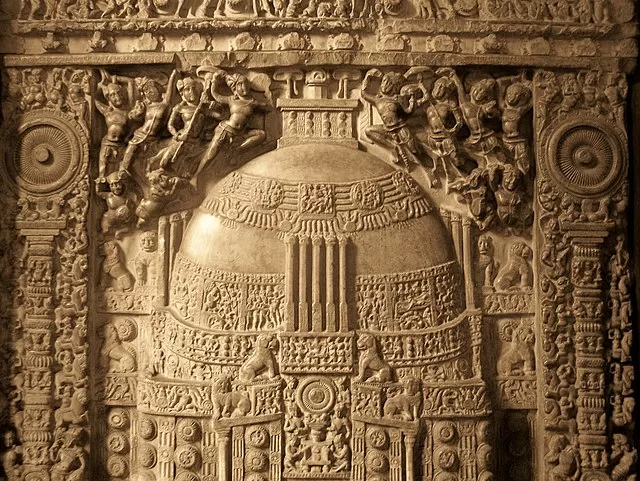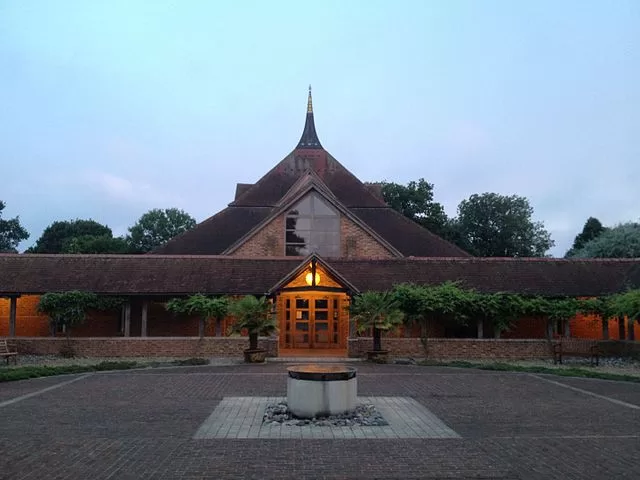Amaravati, located in the Indian state of Andhra Pradesh, has emerged as a testament to India’s vision of urban development and sustainable growth. This ambitious project aims to create a modern, well-planned city that caters to the needs of its residents while preserving the region’s rich cultural heritage. In this article, we delve into the fascinating story of Amaravati and explore the various facets that make it a rising star among the world’s urban centers.
Historical Background
Amaravati holds immense historical and religious significance. It was once the capital of the Satavahana dynasty and an important Buddhist center. The region’s archaeological sites boast of ancient stupas, sculptures, and relics, attracting visitors from far and wide. Recognizing its historical importance, the Andhra Pradesh government envisioned Amaravati as a modern city that seamlessly blends the past with the future.
The Vision for Amaravati
The vision for Amaravati is to create a sustainable and inclusive city that fosters economic growth, provides world-class infrastructure, and offers a high quality of life for its residents. The master plan emphasizes green spaces, walkability, and efficient transportation systems. The city aims to become a hub for knowledge-based industries, innovation, and sustainable development.
Urban Planning and Design
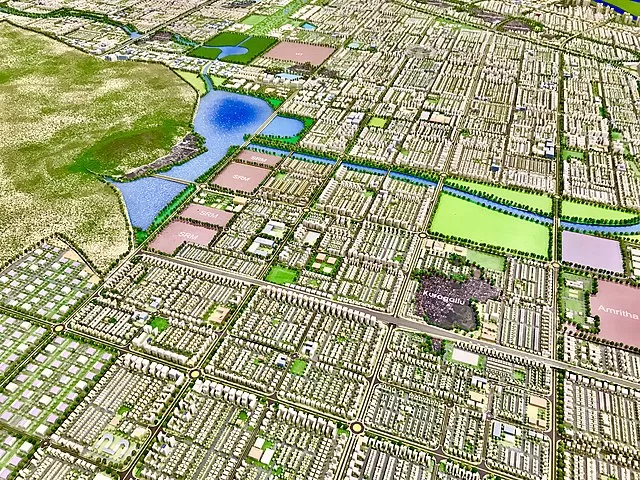
Amaravati’s urban planning and design are based on principles of smart cities, with a focus on efficient resource management, intelligent transportation systems, and environmentally friendly practices. The city layout incorporates mixed-use zones, ensuring a balance between residential, commercial, and recreational areas. The design also promotes pedestrian-friendly neighborhoods and promotes public spaces for community engagement.
Sustainable Infrastructure
Amaravati is built with sustainability at its core. The city adopts eco-friendly practices such as rainwater harvesting, solar energy utilization, and waste management systems. Green building concepts are integrated into the construction of residential and commercial structures. The use of renewable energy sources and efficient waste management techniques contribute to Amaravati’s environmental sustainability goals.
Economic Opportunities

The development of Amaravati has opened up numerous economic opportunities. The city aims to attract investments in sectors such as information technology, biotechnology, healthcare, and tourism. The presence of world-class infrastructure, business-friendly policies, and a skilled workforce makes Amaravati an attractive destination for businesses and entrepreneurs.
Cultural and Heritage Significance
Amaravati cherishes its cultural and heritage treasures. Efforts are being made to preserve and promote the region’s ancient artifacts, archaeological sites, and cultural traditions. The city plans to establish museums, art galleries, and cultural centers to showcase the rich heritage of the region. By blending modernity with tradition, Amaravati offers a unique cultural experience.
Education and Healthcare Facilities
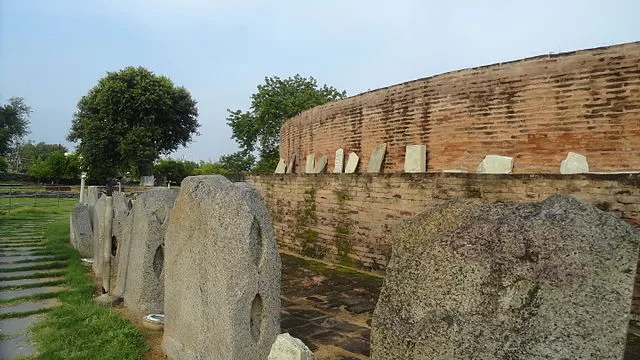
Amaravati places great importance on education and healthcare. The city aims to provide world-class educational institutions and research centers, attracting students and scholars from around the globe. The healthcare system is being developed to provide accessible and quality medical services to the residents of Amaravati and the surrounding regions.
Connectivity and Transportation
Efficient connectivity and transportation systems are vital for any modern city. Amaravati focuses on developing a well-connected network of roads, metro rail, and public transportation to ensure easy accessibility within the city and to neighboring regions. The city’s strategic location along the banks of the Krishna River further enhances its connectivity.
Residential and Commercial Zones
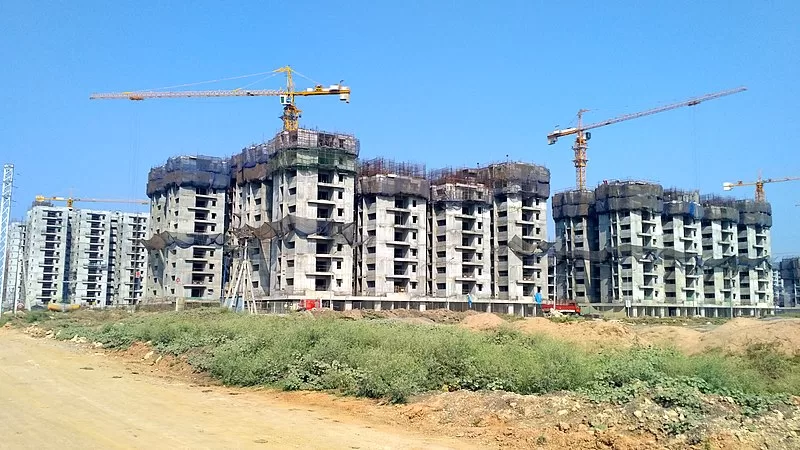
Amaravati offers a diverse range of residential options to cater to different preferences and budgets. From luxurious apartments to affordable housing schemes, the city aims to provide quality living spaces for all. Additionally, well-planned commercial zones are being developed to encourage business growth and entrepreneurship.
Environmental Conservation
Amaravati places significant emphasis on environmental conservation. The city’s green spaces, parks, and tree-lined avenues promote a sustainable lifestyle. Efforts are underway to preserve the natural ecosystem, protect biodiversity, and ensure a clean and healthy environment for residents.
Future Prospects
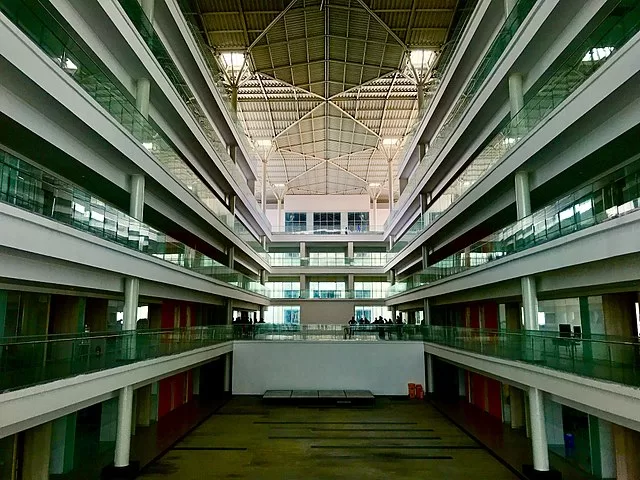
The future of Amaravati is brimming with possibilities. As the city continues to grow and develop, it holds immense potential for investment, job creation, and technological advancements. With its forward-thinking approach and commitment to sustainable practices, Amaravati is poised to become a shining example of urban development.
People also ask
What is Amaravati famous for?
Amaravati is famous for several reasons:
- Historical Significance: Amaravati holds immense historical importance as the capital of the Satavahana dynasty and an important Buddhist center. The region is known for its ancient stupas, sculptures, and relics, attracting history enthusiasts and archaeologists.
- Capital City of Andhra Pradesh: Amaravati serves as the capital city of the Indian state of Andhra Pradesh. Its status as the political and administrative center of the state adds to its prominence.
- Urban Development Project: Amaravati is renowned for its ambitious urban development project. The city is being planned and designed with a vision to create a modern, sustainable, and inclusive urban center.
- Smart City Initiatives: Amaravati is known for incorporating smart city initiatives into its development plan. These initiatives include the use of advanced technologies, efficient resource management, intelligent transportation systems, and environmentally friendly practices.
- Cultural Heritage: The region surrounding Amaravati is rich in cultural heritage. It is home to ancient Buddhist relics and archaeological sites that showcase the region’s historical and cultural significance.
- Economic Opportunities: Amaravati offers ample economic opportunities. With its focus on attracting investments in sectors such as information technology, biotechnology, healthcare, and tourism, the city aims to create a thriving business environment and generate employment opportunities.
- Sustainable Practices: Amaravati is recognized for its commitment to sustainable development. The city incorporates eco-friendly practices, such as rainwater harvesting, solar energy utilization, and waste management systems, to ensure a greener and more environmentally conscious future.
- Education and Healthcare: Amaravati aims to become a hub for educational and healthcare institutions. The city plans to establish world-class educational institutions and research centers, attracting students and scholars from across the globe. It also focuses on providing accessible and quality healthcare services to its residents.
Overall, Amaravati is famous for its historical heritage, urban development project, smart city initiatives, cultural significance, economic opportunities, sustainable practices, and its vision to create a modern and vibrant city in India.
What language do they speak in Andhra Pradesh?
The primary language spoken in Andhra Pradesh is Telugu. Telugu is one of the major Dravidian languages and is widely spoken by the majority of the population in the state. Additionally, there are other languages spoken by minority communities in Andhra Pradesh, including Urdu, Hindi, and English. However, Telugu is the most prevalent and widely used language in the state.
Who built Amaravati city?
The construction of the modern city of Amaravati is part of a planned development project initiated by the government of Andhra Pradesh, India. The vision and planning for Amaravati were set in motion by the former Chief Minister of Andhra Pradesh, Nara Chandrababu Naidu. The government collaborated with various architects, urban planners, and experts to design and develop the city. The project aimed to create a sustainable and inclusive urban center that showcases the region’s rich cultural heritage while incorporating modern infrastructure and amenities. The construction and development of Amaravati involve multiple stakeholders, including government agencies, private developers, and consultants.
Which is the oldest stupa in India?
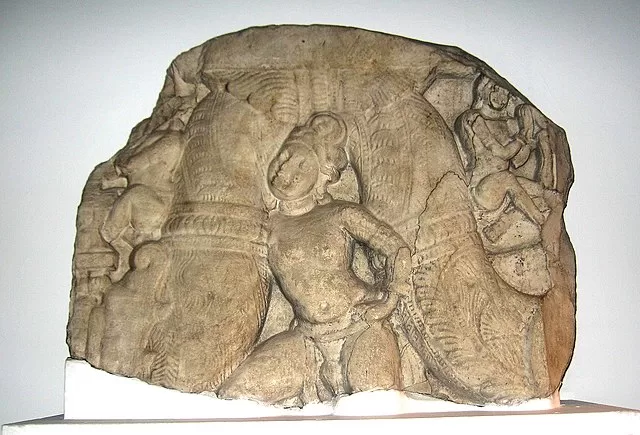
The oldest stupa in India is believed to be the Great Stupa of Sanchi. Located in Sanchi, Madhya Pradesh, it is a UNESCO World Heritage Site and a significant Buddhist monument. The Great Stupa was originally commissioned by Emperor Ashoka of the Maurya Empire in the 3rd century BCE and later expanded and embellished by subsequent rulers and devotees. It is an important pilgrimage site for Buddhists and showcases exquisite carvings and architectural elements, representing the rich Buddhist heritage of India. The Great Stupa of Sanchi stands as a remarkable testament to the ancient Buddhist civilization and its enduring influence on Indian culture and spirituality.
Conclusion
Amaravati stands as a remarkable testament to India’s ambition for sustainable urban development. The city’s unique blend of history, culture, and modernity make it a captivating destination for residents and visitors alike. With its well-planned infrastructure, economic opportunities, and commitment to environmental sustainability, Amaravati is poised to become a model city for the future.
FAQs
1. Why is Amaravati called the “People’s Capital”?
Because it was planned to be a modern capital built by the people, for the people. The vision behind Amaravati involved inclusive development, with land contributions from farmers and citizens playing a huge role. It’s not just a government project—it’s a community dream in motion.
2. Is Amaravati actually the capital of Andhra Pradesh now?
That’s where it gets a bit tricky. It was announced as the new capital after Telangana was carved out, but due to political and legal twists, there’s still ongoing debate. So, while Amaravati is considered the legislative capital, other cities like Visakhapatnam are also stepping in as administrative hubs.
3. What makes Amaravati unique compared to other Indian cities?
It’s a rare city that’s been designed from scratch in modern times. Think futuristic infrastructure, eco-friendly spaces, smart city tech, and an emphasis on culture and heritage. It’s like if Silicon Valley and ancient India had a lovechild—that’s Amaravati for you.
4. Can tourists visit Amaravati? Is there anything to see?
Absolutely! It’s still growing, but there’s the famous Amaravati Stupa, ancient Buddhist relics, and peaceful spots by the Krishna River. If you’re a history buff or just want a quiet escape, Amaravati surprises you with its spiritual calm.
5. Will Amaravati become a major metro city in the future?
That’s the goal! With its blueprint aiming for world-class standards and sustainable growth, Amaravati has every chance to become a big player on India’s urban map. It just needs time, steady investment, and a bit of political stability.

